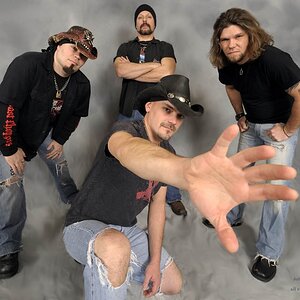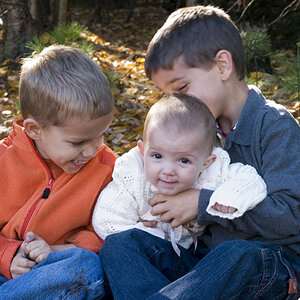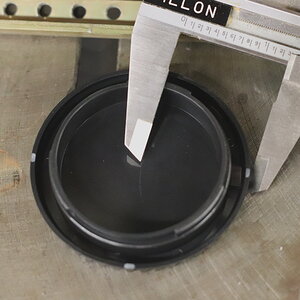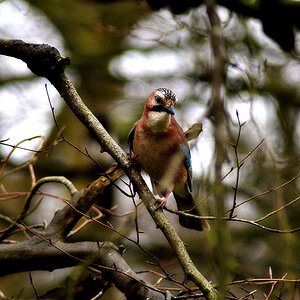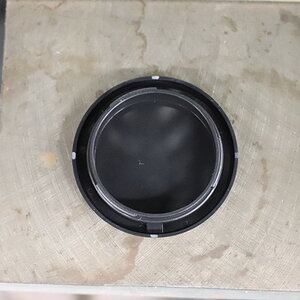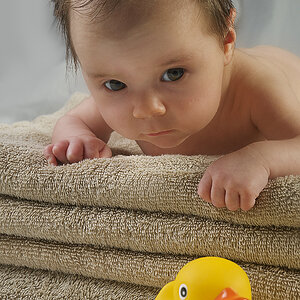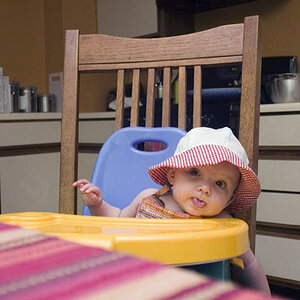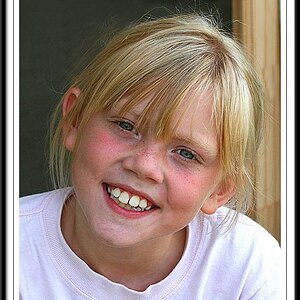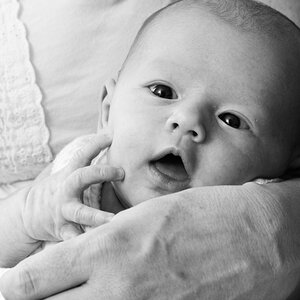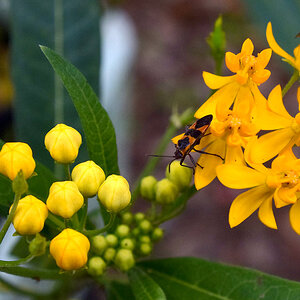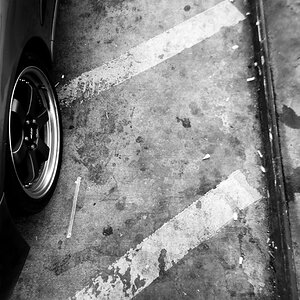osumisan
TPF Noob!
- Joined
- Sep 10, 2010
- Messages
- 106
- Reaction score
- 4
- Location
- Southern California
- Website
- motionshooter.smugmug.com
- Can others edit my Photos
- Photos NOT OK to edit
I have experimented a few times now on photographing water. One session was shooting a coin dropping in water and capturing the splash. The 2nd was pouring water in a wine glass and capturing the spill-over. And yesterday I shot (or attempted) water dropping into a pan.
I have tried three different lighting methods for this: one is shooting light THROUGH a white curtain backdrop onto the water.

Another method was bouncing my light off the white/reflective backdrop with my SB600 speedlight.

Last lighting method was bouncing my light off the white/reflective backdrop with my 180v strobe (reflected from a white umbrella).

All three methods gave me satisfactory results but the main problem was getting the water in focus. Most of my shots were on manual focus where I pre-focused where the water was going to be and timed my pour/drop with the shutter button. I tried different f-stop values and didnt seem to find one that worked better than others. I also tried different lenses and found that my 18-50mm f/2.8 allowed me to set the camera up closest to the set. Other lenses I tried was 85mm f/1.8 and my 70-200mm f/2.8.
Does anyone have good advice on how to make these shots better? I am wondering if a wireless shutter trigger might make a difference? I have seen this shot done by professionals with fantastic clarity and that's what I want.
Nikon D700, Sigma 18-50mm f/2.8 DX, Nikon SB600 Speedlight, JL 180v strobe
I have tried three different lighting methods for this: one is shooting light THROUGH a white curtain backdrop onto the water.

Another method was bouncing my light off the white/reflective backdrop with my SB600 speedlight.

Last lighting method was bouncing my light off the white/reflective backdrop with my 180v strobe (reflected from a white umbrella).

All three methods gave me satisfactory results but the main problem was getting the water in focus. Most of my shots were on manual focus where I pre-focused where the water was going to be and timed my pour/drop with the shutter button. I tried different f-stop values and didnt seem to find one that worked better than others. I also tried different lenses and found that my 18-50mm f/2.8 allowed me to set the camera up closest to the set. Other lenses I tried was 85mm f/1.8 and my 70-200mm f/2.8.
Does anyone have good advice on how to make these shots better? I am wondering if a wireless shutter trigger might make a difference? I have seen this shot done by professionals with fantastic clarity and that's what I want.
Nikon D700, Sigma 18-50mm f/2.8 DX, Nikon SB600 Speedlight, JL 180v strobe
Last edited:



